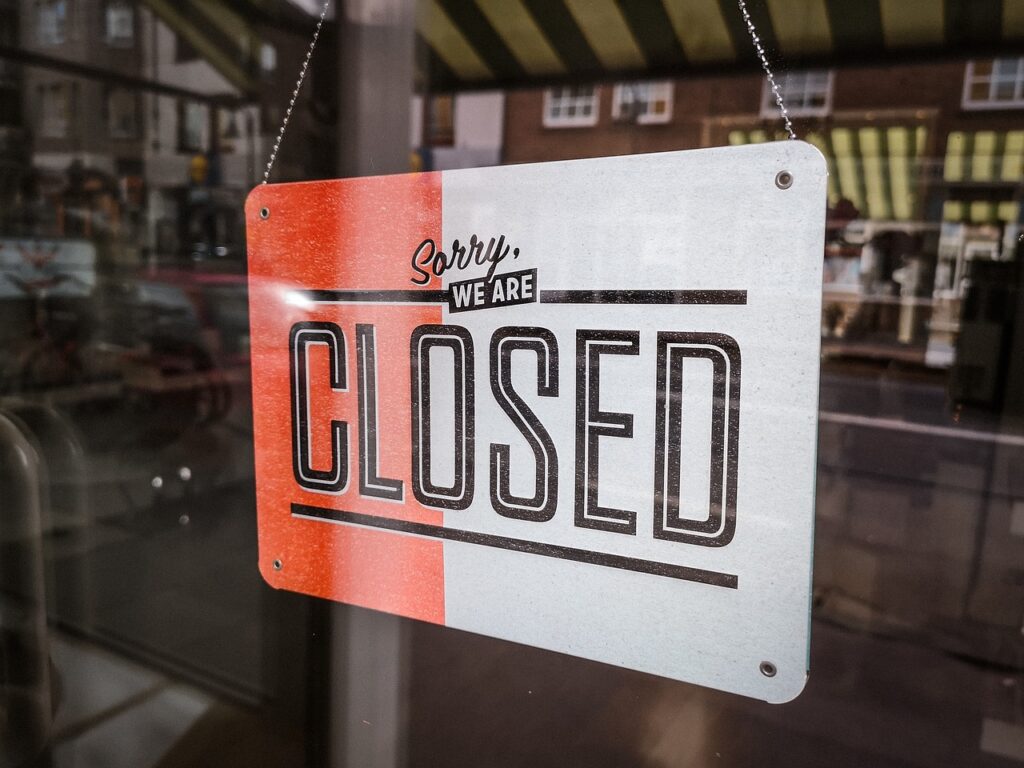Why So Many Major Retailers Will Likely Face Bankruptcy This Year
Amid inflation, consumers are cutting back unnecessary spending, sending many retailers into bankruptcy.
This article is more than 2 years old

Retail bankruptcies were relatively rare last year, hitting a 13-year low. But now, as savings are declining and personal debt is rising, 2023 might be an entirely different year for the retail sector. Six major retail businesses have already declared bankruptcy in 2023’s first quarter which is more than the total number of retail bankruptcies in 2022.
BDO’s bi-annual bankruptcy report was released on March 27. There were only three retail bankruptcies in the first half of 2022: Revlon, Inc., Cherry Man Industries Inc., and BHCosmetics Holdings LLC. In the second half of 2022, only Olympia Sports and Sears Authorized Hometown Stores filed for this type of debt relief.
In contrast, the first quarter of 2023 has already included six retail bankruptcy filings. The first was Forma Brands, a holding company of various beauty brands, on January 12. Four days later, Performance Powersports filed for debt relief for its ATV, RV, and motorcycle dealerships.
Party supply store Party City filed for bankruptcy the next day, something that has been attributed to party supplies being a non-essential expense. In February, Independent Pet Partners Holding filed on the 5th, followed by wholesale home decor supplier Nielsen & Bainbridge on the 8th. On February 14th—Valentine’s Day—off-priced home goods store Tuesday Morning also declared bankruptcy.
Each of the companies going under in 2023 sells primarily discretionary products or those that aren’t essential for daily living. Big purchases like RVs and ATVs are being pushed back until the economy improves. People are also slowing down their spending on non-essential health and beauty products.
According to the BDO report, discretionary items are less of a priority in times of inflation. Consumers are more concerned with paying for escalating rent, groceries, and utilities than investing in non-essentials. The first quarter retail bankruptcy we’re seeing could also be attributed to post-holiday sales slumps.
“The post-holiday season is one of the most difficult times of the year for retailers,” said David Berliner, leader of business restructuring and turnaround services at BDO. “They face lower sales and need to buy new summer inventory at a time when they cannot pass increased costs on to consumers.” If the bankruptcy trend continues, it will still likely slow down throughout the year.
Even though bankruptcy is already registering as a bigger problem than last year, store openings slated for 2023 are tremendous. In fact, there have been about twice as many store opening announcements than posts about impending store closures. Retailers have announced about 5,100 store openings and around 2,600 store closures for 2023.
Most of the retail sector growth has been in dollar stores and discount chains. This reflects consumers’ ever-increasing demand for shopping where deals abound. Bankruptcy and store closures in 2023 will likely be dominated by big department stores such as Macy’s or Kohls.
Macy’s announced a plan in 2020 to close 125 stores in low-performing malls by 2023. Kohl’s is said to have plans to close 10 stores that are set to expire this year anyway.
Berliner suggested that retailers focus on fixing inventory issues and cutting costs to stay afloat in 2023. Preparing for uncertainty can also thwart retail bankruptcy. He also recommends following the lead of stores such as Walmart, Wolverine, and Allbirds, by copying the layoffs, restructures, and divestments that are keeping their businesses profitable during hard economic times.




